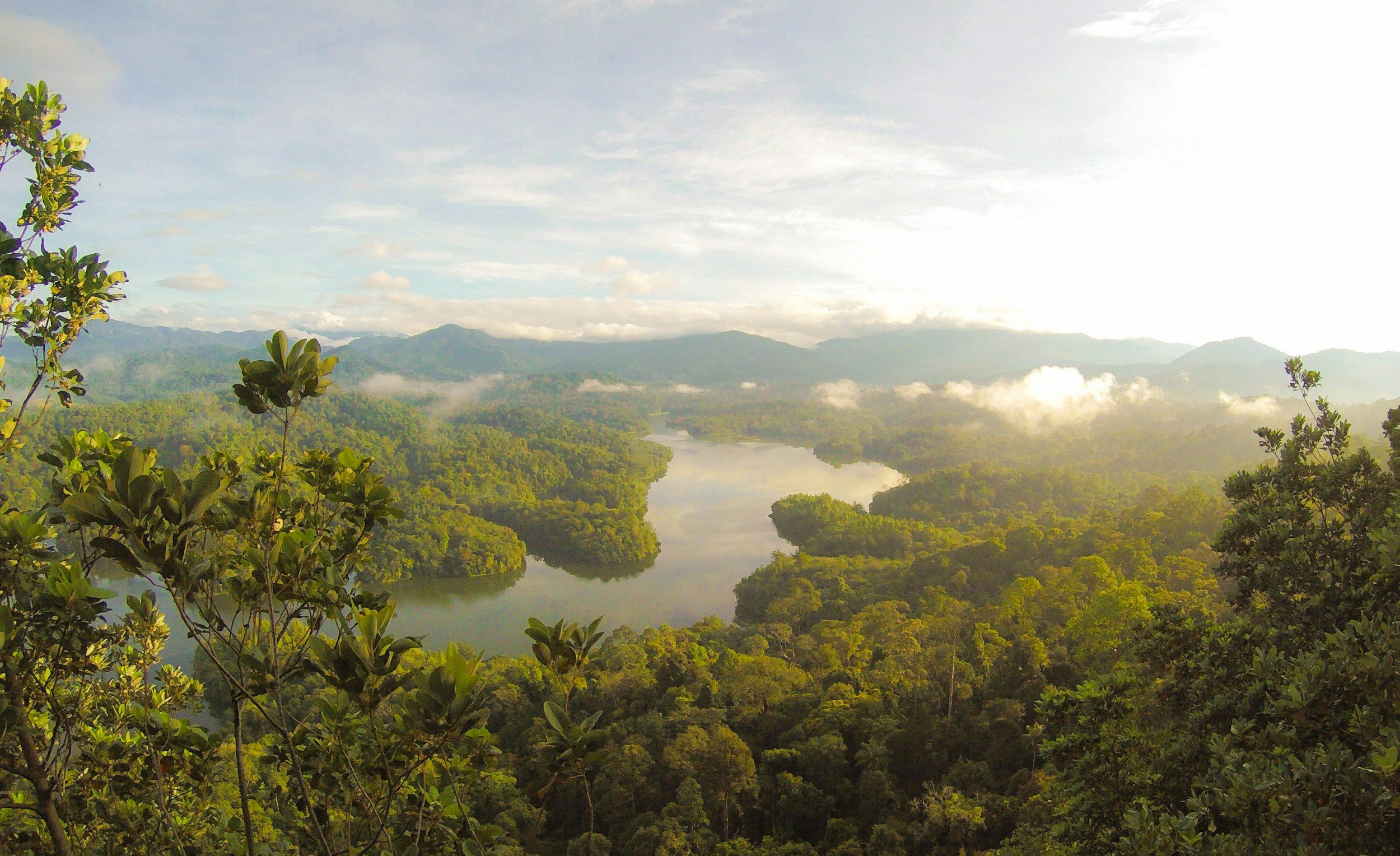
Transition Intelligence - Agroforestry Integration
Challenge
Tropical forest regions are uniquely vulnerable to an array of climate-related risks, including intense cyclones, severe flooding, and extreme heatwaves. These areas are also rich in biodiversity, making them critical for maintaining ecological balance and supporting global environmental health. However, the agricultural systems in these regions are increasingly threatened by these climate risks, which can lead to soil degradation, loss of biodiversity, and decreased agricultural productivity. The challenge lies in identifying and implementing strategies that can effectively mitigate these risks, ensuring the sustainability of both the agricultural systems and the surrounding ecosystems within tropical forest environments.
Approach
This analysis examines three distinct scenarios—Sustainable Development (SD), Middle of the Road (MOTR), and Business as Usual (BAU)—to evaluate the effectiveness of agroforestry as a strategy for enhancing agricultural resilience. The approach involved assessing how agroforestry can mitigate climate risks, support biodiversity, and contribute to sustainable agricultural practices under different levels of climate-related challenges.
SD Scenario: Characterized by moderate climate risks such as occasional cyclones and localized flooding.
MOTR Scenario: Involves heightened risks with increased cyclone intensity, significant flooding, and pronounced heatwaves.
BAU Scenario: Presents severe climate risks, including frequent intense cyclones, widespread flooding, and prolonged heatwaves.
Insights
The analysis across the scenarios reveals a dynamic interplay between climate risks, biodiversity risks, and the effectiveness of agroforestry solutions.
SD Scenario: Agroforestry emerges as a pivotal strategy, providing windbreaks, stabilizing microclimates, and enhancing soil moisture retention. These practices help mitigate moderate climate risks, support biodiversity by creating diverse habitats, and ensure the sustainability of agricultural systems.
MOTR Scenario: Despite heightened climate risks, agroforestry remains effective. Diverse tree species and vegetation cover in agroforestry systems help regulate microclimates, reduce soil erosion, and enhance water retention. This minimizes the impact of extreme weather on agriculture and promotes biodiversity conservation by providing habitats and food sources for a wide range of species.
BAU Scenario: In the face of severe climate risks, agroforestry's role becomes even more crucial. It helps maintain agricultural productivity by enhancing soil fertility, reducing erosion, and mitigating the effects of waterlogging. Additionally, agroforestry contributes to climate change mitigation by sequestering carbon, offsetting GHG emissions, and addressing the drivers of climate change.
Recommended actions
Based on the insights from the scenarios, the following actions are recommended to enhance agricultural resilience in the face of climate risks:
Integrate Agroforestry Practices: Encourage the widespread adoption of agroforestry as a core strategy for climate resilience. By incorporating diverse tree species and sustainable land management techniques, agricultural systems can be better protected against climate-related risks.
Invest in Climate-Resilient Crops: Develop and promote crop varieties that are more resilient to climate extremes, such as drought-tolerant or flood-resistant species, to further strengthen agricultural resilience.
Promote Policy Interventions: Implement policies that incentivize sustainable agricultural practices, including subsidies for agroforestry and climate-smart agriculture. Governments and institutions should prioritize funding and support for these initiatives to ensure a smooth transition to resilient food production systems.
Enhance Biodiversity Conservation: Focus on conserving biodiversity as an integral part of agricultural resilience. Protecting and restoring natural habitats within agricultural landscapes can help maintain ecological balance and provide additional resilience against climate impacts.
